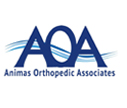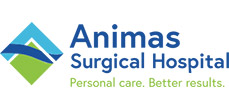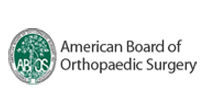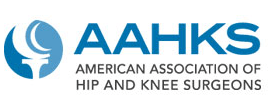News
Can adults get osteochondritis dissecans? What to know
Osteochondritis dissecans typically affects children and teens, but it can also occur in adults. It is a condition that commonly affects the knee joint, but it can affect any joint in the body.
What causes pain in the right hip in females?
Possible causes of right hip pain include muscle injury, osteoarthritis, and pelvic floor conditions. In females, it can also occur during pregnancy. Treatment may involve pain relief, stretching, and exercise.
Collagen supplements may help improve the health of your tendons and bones, says researcher
Research shows that collagen supplements may also have many benefits for our physical health too—which could be important for enhancing athletic performance, reducing the risk of injury and improving quality of life as we get older.
How To Relieve Hip Pain
Hip pain can be caused by overuse or damage to the hip joint, cartilage, or surrounding muscles, and can significantly impact your ability to perform everyday activities, including walking, going up and down stairs, and sitting and standing for prolonged periods of time.
Pickleball Is All the Rage, Here's Tips on Preventing Injuries
Pickleball has become wildly popular, but that may be fueling a rise in pickleball-related injuries. “It’s quickly becoming a sport of choice for adults over the age of 50,” said Dr. Brian Cole, an orthopedic surgeon and sports medicine specialist at Rush University Medical Center in Chicago. He also plays pickleball.
The “Inside-Out” Anterior Osteotomy of the Proximal Femur via the Direct Anterior Approach in Revision Hip Arthroplasty
We describe an anterior proximal femur osteotomy technique starting from the inside of the femoral canal at the bone-implant interface and heading outward. The technique is used in conjunction with the extended direct anterior approach and allows direct access to and visualization of the anterior, medial, and lateral bone-implant interfaces.
Increased Age, Operative Time, ASA Classification, Functional Dependency, and Comorbidity Burden are Risk Factors for Adverse Events after Meniscectomy and Meniscus Repair: 10 Year Analysis of 64,223 Patients
To utilize the NSQIP database to identify risk factors for 30-day adverse events and hospital readmission following isolated and unilateral meniscectomy or meniscus repair.
Torn ACLs may heal with therapy instead of surgery, though some surgeons aren’t convinced
It’s long been thought that a torn ACL, or anterior cruciate ligament, has limited ability to heal on its own and requires surgery. Recent research suggests that a nonsurgical treatment, including physical therapy, could be as effective.
Causes and Treatment for Outer, Side, and Inner Hip Pain
There are many possible causes of hip pain. They include serious ones, like a fracture or joint infection, and less serious causes, like bursitis.1 Your healthcare provider can diagnose the cause and help to plan your treatment.
Natural remedies for tendinitis inflammation
Tendinitis can take time to heal. Natural remedies for the inflammation include rest, ice, compression, physical therapy, and complementary treatments, such as acupuncture.













